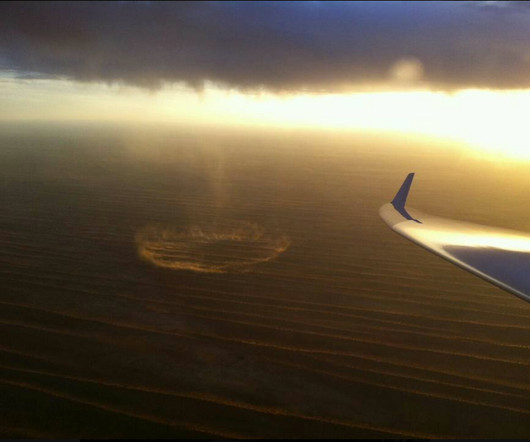Are Dry Microbursts Really An Invisible Trap? – Responding to Reactions
Chess In the Air
JULY 4, 2022
Most western pilots have patiently worked such lift for an hour or more while waiting for conditions to improve near their destination airport. They made the decision to loiter long before descending to pattern altitude and sometimes miles away from the airport. Sudden and very powerful surface winds can have various other causes.











Let's personalize your content